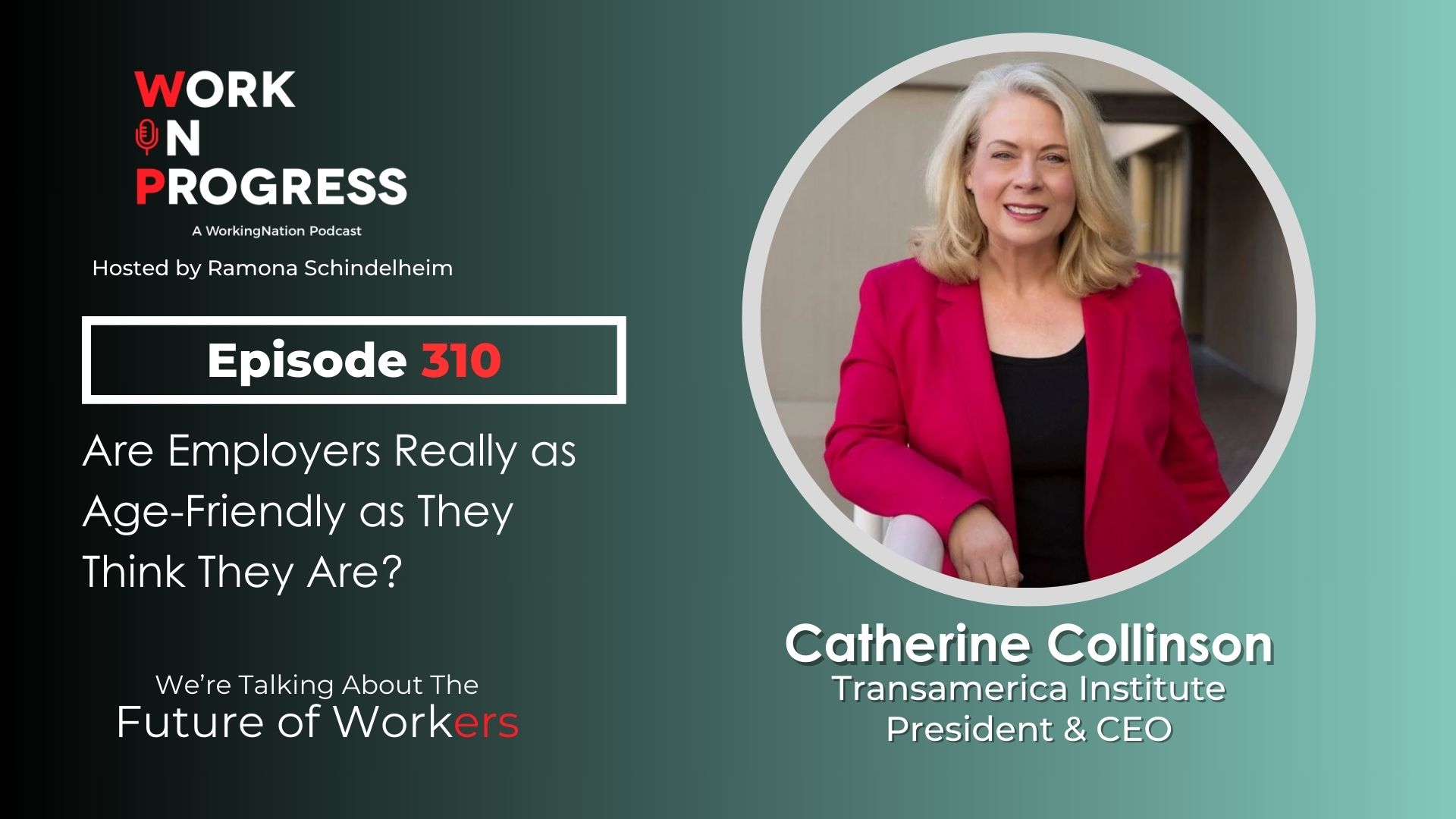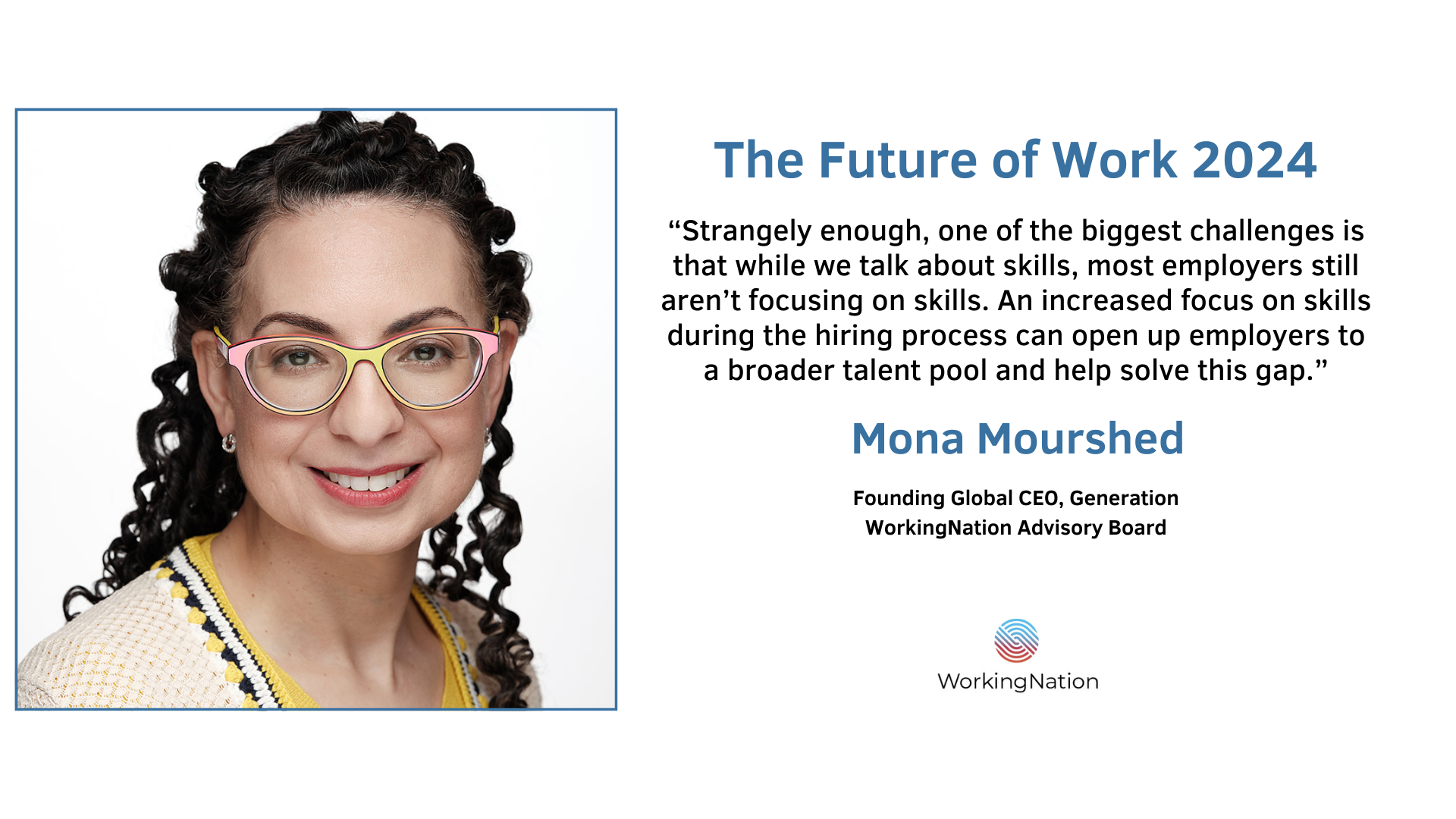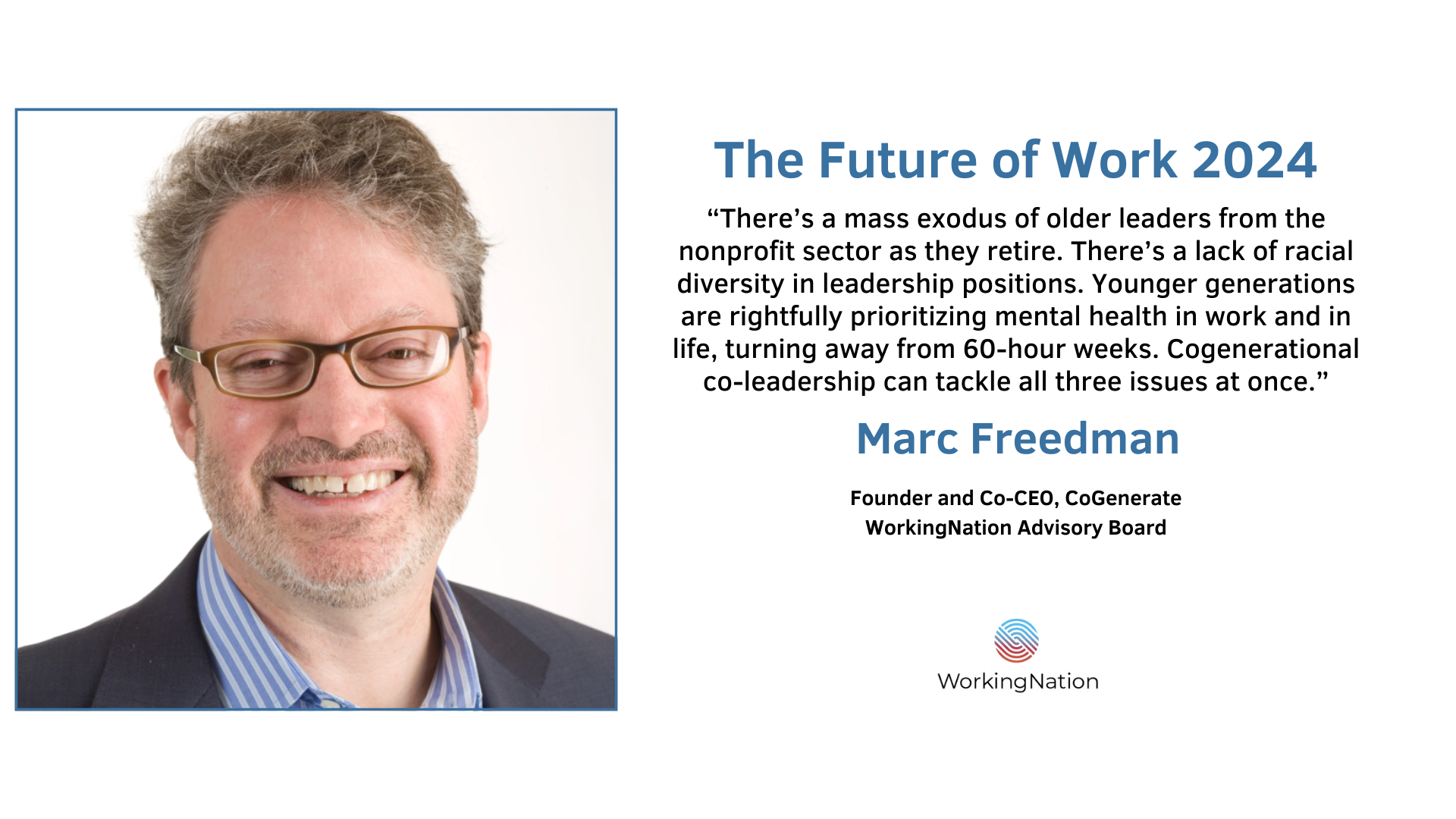At the Council for Adult and Experiential Learning (CAEL), everything they do supports one goal: Making it easier for people to get the education and training they need to succeed in the workforce.
There are many organizations and programs that help young adults get the resources they need to acquire a good-paying job. But what sets CAEL apart is that they advocate and innovate on behalf of all adult learners—the 36 million of them without a postsecondary degree or credential, and particularly those with “some college, no degree”—through its partnerships with postsecondary institutions, employers, government, and communities.
Interactive Map: Adults in your state that have some college and no degree
CAEL conducts research, creates webinars and produces publications on ways to help adult learners’ access education—and connect that learning to work. The specific ways in which CAEL works to help adults get the education they need include:
- Adult Learning
- Prior Learning Assessment
- Public Policy
- Employee Career Development
- Workforce and Economic Development
- Competency Based Education
Prior Learning Assessment (PLA) is a critical component to attracting adult learners into higher education and something CAEL has been passionate about since its beginning in the early 70s. When schools evaluate a student’s experiential learning for college credit, the chances that they will earn a degree significantly increase.
While many schools are embracing it, CAEL says there is much more work that needs to be done.
Some post-secondary institutions are doing bold and innovative things to serve adult learners, says CAEL, but its typically four-year private schools that have more flexibility in their model to try new things. This year, the Washington Monthly released its first-ever list of America’s Best Colleges for Adult Learners rating schools based on criteria like ease of transfer, flexible programming, services for adult students, % of students over 25 etc.
In its strategic plan for the next three years, CAEL presents its approaches for transforming institutions, employers, and other stakeholders, while also implementing an ambitious plan to grow the organization and dramatically increase its impact on the success of the adult learner. You can read more about their strategic goals here.
On the heels of CAEL detailing their goals, we spoke with CAEL’s COO Gabi Zolla about what changes employers, policy leaders and higher education can make to better serve adult learners. You can scroll through the changes CAEL suggests below.
Section 127 regulations.
Section 127 of the Internal Revenue code allows for employer educational assistance to workers (i.e. tuition assistance) to be exempt from an employee’s gross income for the purposes of federal taxation, up to $5,250 annually. This private sector support for adult learning can remove a significant financial barrier to higher education for adults, and any reform of the U.S. tax code must be sure to retain this important provision. Further, the cap of $5,250 has not been increased since 1986 and thus has not kept up with the higher costs of higher education today.
CAEL supports Section 127 as an important part of the way we can encourage private sector investment in workforce development and adult learning. We further support changes to this code that will increase the allowable amount of educational assistance per year and allow those funds to be used for additional related expenses such as career and education advising and prior learning assessment.
Incentives to provide tuition assistance.
Not every employer offers tuition assistance to their workers, and many of those who do offer it limit the benefit to management level employees. While there is currently a tax deduction for employers for job-related educational expenses, the only incentive for offering a broader educational assistance program is the promise of attracting and retaining good workers through an educational “fringe benefit.”
CAEL supports the creation of stronger incentives to leverage greater employer investment in educational assistance programs, particularly for frontline workers and those without a postsecondary credential.
New graduation metric for non-first time, full time students.
The current federal College Scorecard system relies only on first-time, full-time students’ data that does not incorporate contemporary students into institutional populations. This metric is also often used by the various entities that rank colleges. However, this graduation rate measure is not meaningful for the 40% of undergraduates who are 25 years or older. These are mostly students who are working full time and/or who come to college with previous college experiences.
CAEL supports the defining of a new metric—or set of metrics—for degree completion to be collected nationally. This new metric would be a meaningful source of information about institutional effectiveness for the adult learner.
Greater flexibility in the Higher Education Act to support innovations like PLA and CBE.
Currently, some Prior Learning Assessment (PLA) and many Competency-Based Education (CBE) programs are not eligible for federal financial aid because these programs and services sometimes operate in ways that depart from traditional higher education design around the classroom and the credit hour.
Innovations that focus on evidence of student learning rather than seat time are not a good fit for current regulations, which instead prioritize the traditional instructional model from 1965, the year that the Higher Education Act was originally drafted. This older model focuses primarily on seat time in the classroom and not on learning outcomes.
CAEL proposes changes to the HEA that would allow for federal financial aid to have greater flexibility to pay for these and other innovative approaches to postsecondary learning and degree completion.
Financial aid for the working adult learner.
Currently, federal financial aid can be difficult for students attending less than half time. For example, the eligibility requirements for Pell Grants are designed in a way that significantly restricts access for the less than half time learner. Yet, a lower income adult who may only be able to take one or two classes at a time could greatly benefit from federal grant aid.
CAEL proposes changes in policy that would provide year-round Pell, expand eligibility for federal financial aid for the less-than-half-time student, provide supports or financial incentives that would enable more working adults to meet eligibility requirements.
A change in the 90-10 Rule.
Currently, federal law bars for-profit colleges from receiving more than 90% of their revenues from Department of Education Title IV federal student aid, which includes student loans and grants. However, GI Bill dollars aren’t included in the 90%, which creates a situation where some institutions—many of which are for-profit institutions—engage in predatory practices to get veterans to enroll so that they can fulfill the 10% through veteran student enrollment.
CAEL proposes a change in policy that would treat GI Bill benefits as part of the 90%, rather than as an allowable part of the 10%, as a way to limit some of the targeting of veterans by predatory institutions.
Comprehensive workforce development approach as part of infrastructure investments.
With current talk about major infrastructure investments as a key strategy for boosting the economy, it is key that such investments be paired with a strategy for developing the skills of the workforce in order to carry out those infrastructure improvements.
CAEL proposes that investments in workforce development be targeted to adults who are underemployed or disconnected from the workforce—and that education and training dollars are used not only to train thousands of new construction workers, electricians, plumbers and engineers, but also to help fill “downstream” jobs that may be vacated by the new infrastructure workforce. All education and training efforts tied to infrastructure must further consider how to prepare all of these workers for the kind of employment opportunities that will exist after the infrastructure efforts are over—new economy jobs requiring broad transferable skills as well as targeted technical skills—that will be part of a new middle class in this country. The administration’s infrastructure investments should be coordinated with workforce development investments that are led at the regional level and designed to address local and regional workforce development and labor market needs, with the goal to benefit local economies and workers in the short- and long-term.
Career Counseling and Advisement.
The higher education landscape is difficult to understand and navigate. Similarly, it is difficult to understand the changes in the labor market and what the best career pathways are in this economy. Adults have very little help with these topics as they make decisions about what to study and what college to attend. Too often the only advising services adults receive occur after they have enrolled in a college program. A College Scorecard is not enough. Adults need professional guidance on how to use that tool as well as other resources on careers and educational options.
CAEL proposes federal demonstration projects to test different models for providing better information and guidance to students as they make these decisions. We also propose that the cost of this kind of advising be eligible expenses under all federal programs, including Pell, GI Bill, etc.












